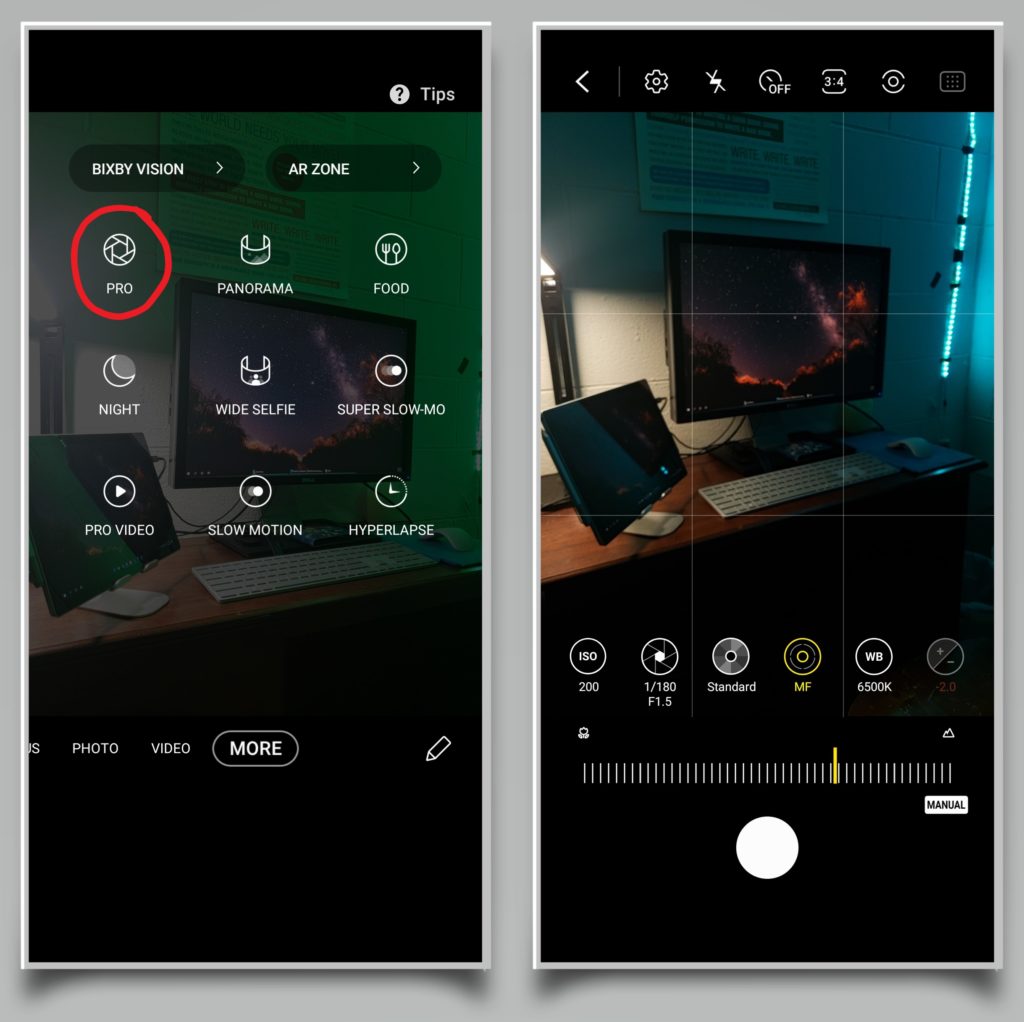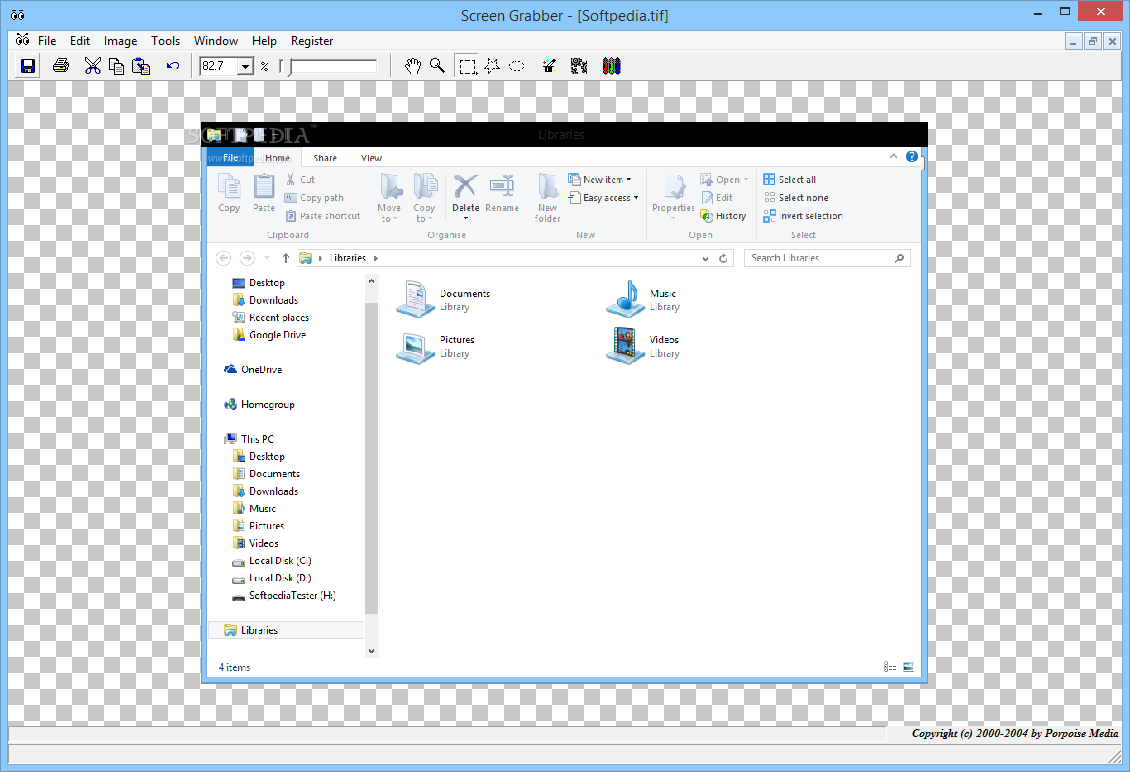

A substantial body of research highlights how adolescents (and children and adults) engage digital media in the service of developmental tasks – for better or worse ( Uhls, Ellison, & Subrahmanyam, 2017). New behaviors and ways of interacting with the world emerge as adolescents adjust to the plethora of biological, physical, and social changes that accompany puberty and movement into adult roles ( Hollenstein & Lougheed, 2013). Little is known about the details of what adolescents actually see and do with their screens, second-to-second, during use.Īdolescence is characterized by a variety of developmental tasks, including academic achievement in secondary school, engagement with peers, abidance of laws and moral rules of conduct, identity exploration and cohesion, and exploration of romantic relationships ( McCormick, Kuo, & Masten, 2011). Generalizations in both the scientific literature and popular press are almost exclusively based on surveys of what adolescents remember and later report. Surveys, the current de facto standard for describing digital life landscapes, regularly ask adolescents how they use media ( Lenhart et al., 2015 Rideout & Robb, 2018). Smartphones, in particular, are prized personal possessions that are used many hours per day to gather and share information, facilitate a variety of entertainment and peer communication behaviors, and interfere with homework and sleep (e.g., Pea, et al., 2012 O’Keefle & Clarke-Pearson, 2011 Strasburger, Hogan & Mulligan, 2013 American Academy of Pediatrics, 2018). This tool is going to be very handy for demos and tutorial.The data about adolescents’ digital lives suggest that media are important – probably as important as any other socialization source during this period of the life course ( Calvert & Wilson, 2010 Gerwin et al., 2018 Twenge, 2017).
#PICME SCREEN GRABBER ANDROID ANDROID#
UPDATE: The latest version 0.6.2, available on the Market, has now a live mode, with a refresh rate of 1 to 2 seconds depending on your wireless. You can see what is displayed on the screen of your Android from your browser or a Java standalone player. You just need to point to the IP address of your Android device (displayed when you start PicMe), then you can save the graphic and refresh the page to get the next one… this is very easy and simple to use.Īccording to the developer the “next version will embed a VNC server and expose VNC applet to support more dynamic views”, very promising! PicMe will get the screen capture directly to your computer, in your browser.


Or you can use Screenshot (only rooted devices), it will save the captured screen on your memory card (or sent it by email) but you will still need to transfer it to your computer.
#PICME SCREEN GRABBER ANDROID INSTALL#
To get a screenshot from your Android device, you can install the Android SDK, connect the phone via USB and use the Dalvik Debug Monitor (ddms). It has been tested on Dream, Magic, Hero, Galaxy. PicMe is a tool to capture the screen from your Android device, however it can only be used on rooted devices.


 0 kommentar(er)
0 kommentar(er)
